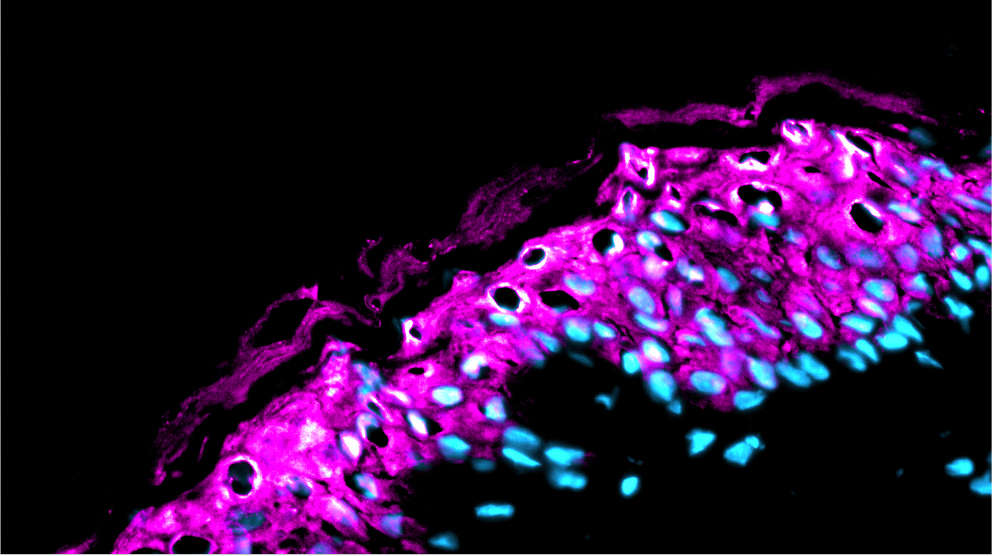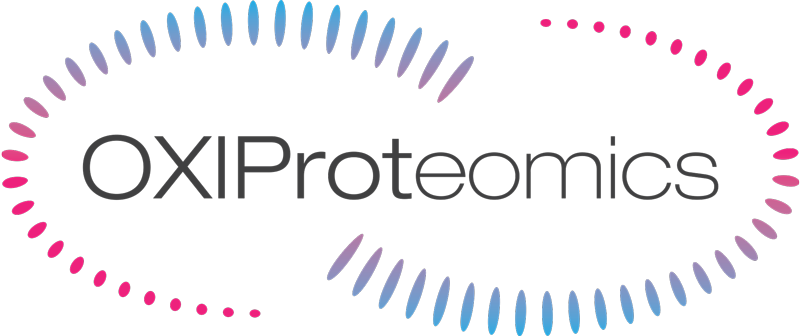Skin care OxiBox™:
An Advanced Technical Platform for Precise Efficacy Evaluation of Skincare Products
Our state-of-the-art technical platform offers comprehensive efficacy evaluation for skincare products. Combining advanced in vitro, ex vivo, and in vivo testing, we provide precise insights into product performance, substantiating claims ans ensuring scientific rigor in enhancing skin resilience, longevity, and microbiome balance.



